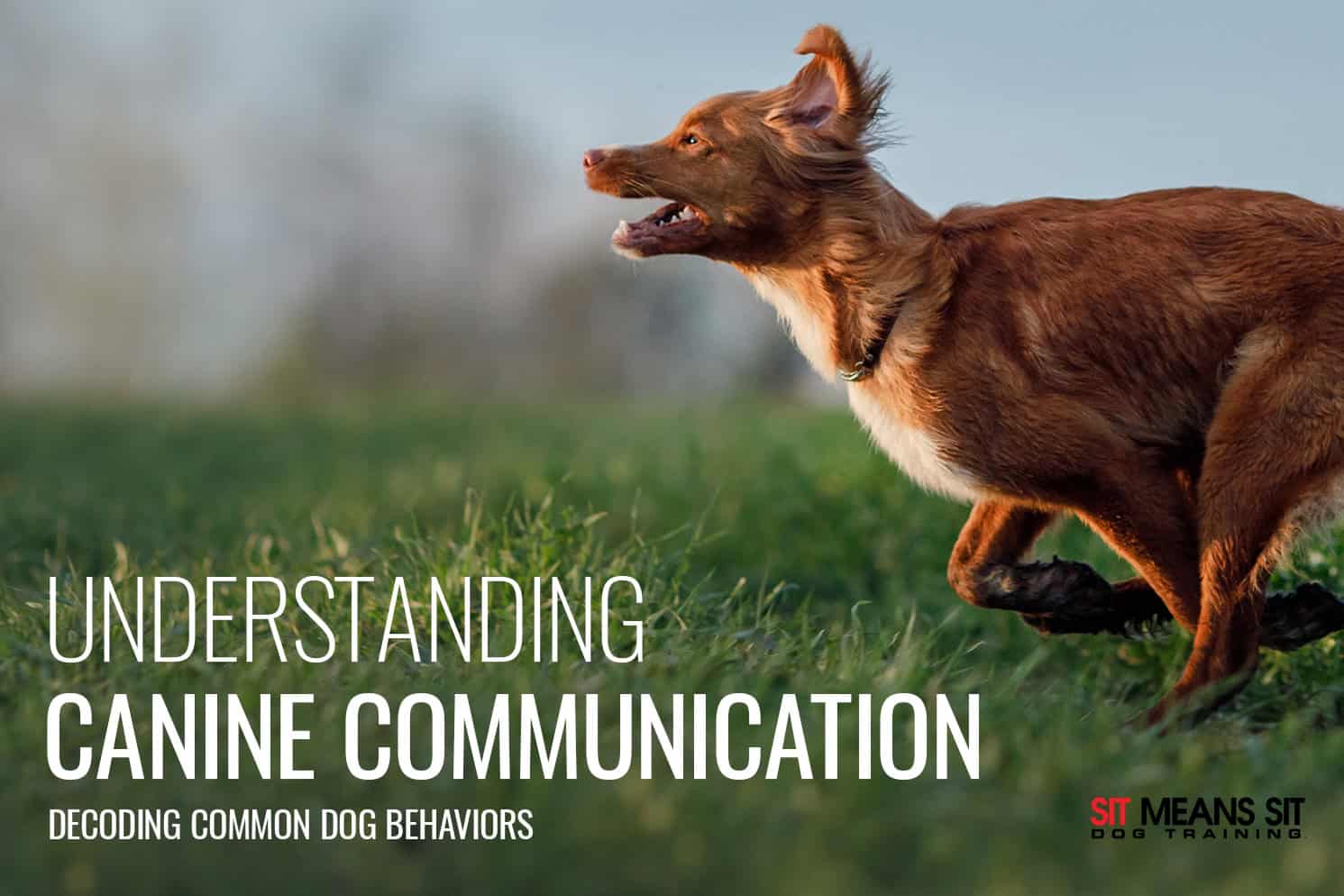Dogs have been our loyal companions for thousands of years, yet they still manage to surprise us with their unique and expressive ways of communicating. While they can’t speak our language, dogs have an intricate system of signals and behaviors that allow them to convey their feelings, needs, and even intentions. Understanding this “secret language” can deepen the bond between you and your furry friend, creating a relationship built on mutual trust and understanding.
Decoding Common Dog Behaviors
Tail Wagging: More Than Just Happiness
Many people believe a wagging tail always means a dog is happy, but this is a common misconception. The position and speed of the wag can reveal a lot more about what your dog is feeling:
- High and fast wagging often indicates excitement or confidence.
- Low and slow wagging might signal uncertainty or submission.
- A stiff wag paired with tense body posture could mean the dog is on alert or feeling defensive.
Paying attention to the context and accompanying body language is essential for interpreting a tail wag correctly.
Barking and Vocalizations
Barking is one of the most noticeable ways dogs communicate, but not all barks are created equal. Here are some common types:
- Short, repetitive barks often signal alertness or excitement.
- A single, sharp bark may serve as a warning or attention-seeking signal.
- Whining or whimpering indicates distress, discomfort, or a desire for something.
Recognizing the pitch, frequency, and situation can help you understand what your dog is trying to express.
The Power of the Nose
Dogs experience the world primarily through their sense of smell. When your dog spends time sniffing, they are gathering a wealth of information about their environment, other animals, and even people.
- Sniffing other dogs is akin to a handshake in human terms; it’s how they get to know one another.
- Obsessive sniffing of a specific area might indicate the presence of something unusual or intriguing.
Encouraging sniffing during walks can enrich your dog’s experience and provide mental stimulation.
Body Language: Reading Between the Lines
Dogs communicate volumes through their posture and movements. Here are some key cues to watch for:
Relaxed and Content
- Loose, wiggly body movements.
- A slightly open mouth, often with a “smiling” expression.
- Soft, blinking eyes.
This is a happy and stress-free dog.
Stressed or Anxious
- Yawning, lip-licking, or excessive panting (when not hot).
- Ears pinned back or held to the side.
- Tucked tail or crouched posture.
Recognizing these signs can help you intervene to make your dog feel more comfortable.
Excitement and Playfulness
- A “play bow” (front legs stretched forward, rear end up).
- Bouncy, exaggerated movements.
- Tail wagging loosely and energetically.
Encourage playful behavior with toys or games to channel their energy in a positive way.
Building a Stronger Bond Through Understanding
Learning your dog’s unique signals takes time and observation, but the effort is well worth it. Here are some tips to improve your understanding:
- Observe in Different Contexts: Dogs may behave differently depending on their surroundings. Pay attention to how they act at home versus on walks or in new environments.
- Be Patient: Dogs may show subtle signals that are easy to miss. Take your time to learn their individual quirks.
- Avoid Misinterpretation: Don’t jump to conclusions based on a single behavior. Always consider the bigger picture of their body language and environment.
- Encourage Positive Experiences: Reinforce calm and friendly behavior with rewards, which helps your dog feel more confident and secure.
Why Understanding Matters
When you take the time to understand your dog’s language, you’re doing more than just improving communication. You’re enhancing their quality of life by responding appropriately to their needs and feelings. This not only builds trust, but can also prevent misunderstandings that may lead to unwanted behaviors or stress.
By tuning into the signals your dog is sending, you’ll unlock a deeper level of companionship and strengthen the special bond you share. Dogs may not use words, but their language is rich, nuanced, and full of heart — all you have to do is listen.

